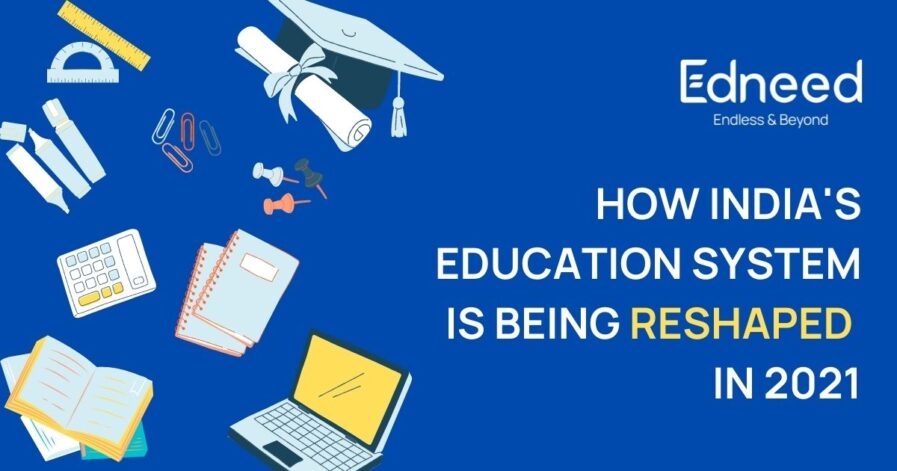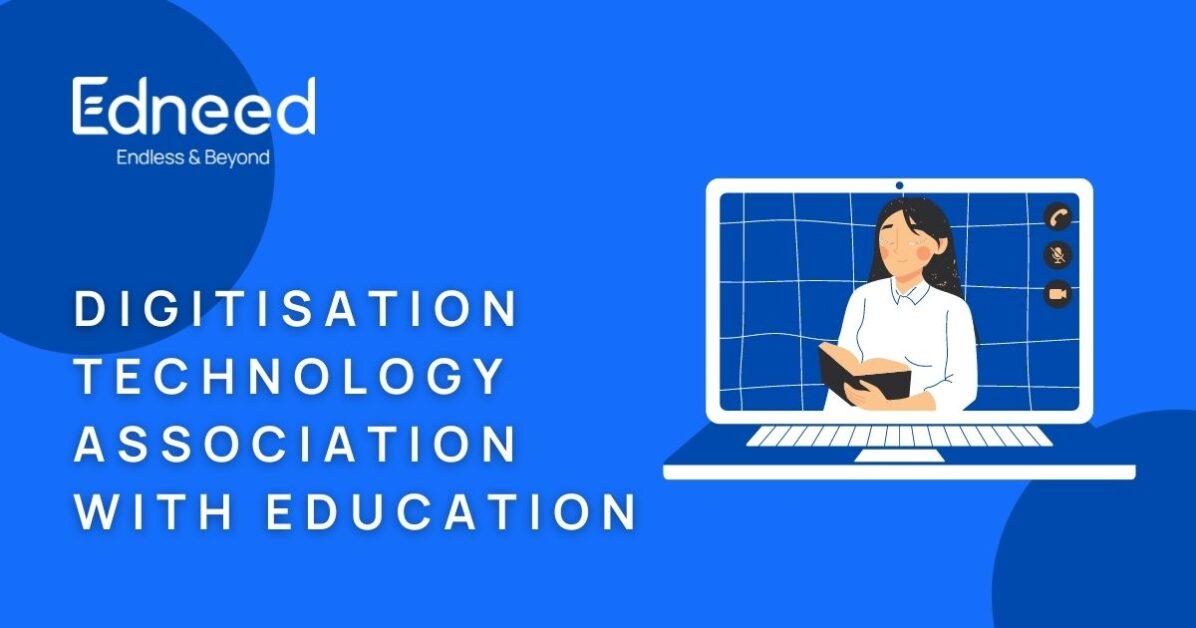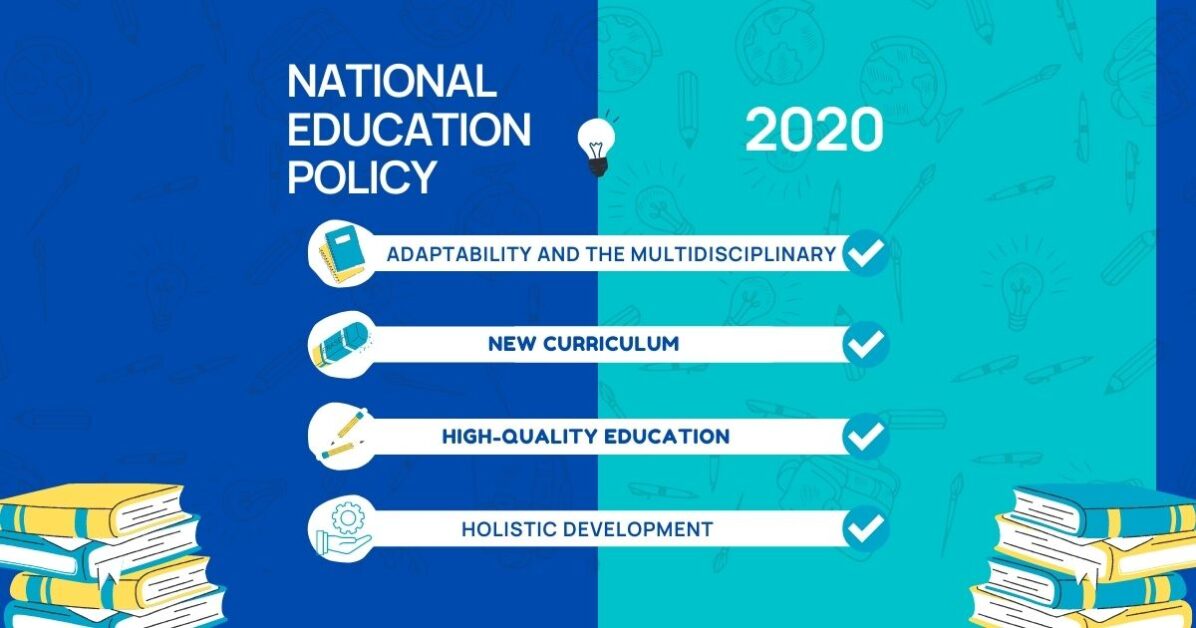
How India’s Education System Is Being Reshaped In 2021
Overview: The Indian education system has seen a lot of changes since its inception. With the changing times and with the change in society, the education system has also changed a lot. However, whether these changes and developments are for good is still a question. At the same time, in the last few years, the inclination towards digital education has increased in India. Last year, the Government of India also introduced a new education policy, which will be helpful in the all-around development of the students. In this, emphasis has been laid on increasing the use of technology during teaching.
Digitisation & Technology Associated with Education: Talking about the last few years, many effective changes have been seen in the field of education in India. Earlier, in the name of technology, there were only some computer classes in educational institutions, in which very basic things were being taught. Realizing the need to change this pattern, the Government of India has introduced the New Education Policy 2020, in which emphasis has been laid on technical education. Under this, children will be given technical knowledge from the sixth grade under which programming language education will be given. This will increase the interest of the students towards technology and at the same time will help in the development of their personality.

In March 2020, when the impact of the pandemic started spreading in India, all types of work were stopped considering health safety. In a country like India, where numerous schools do not have an online presence of any kind, whether it be a simple website, in such a situation, the incident of the epidemic last year stalled all the teaching. Due to the lockdown, all educational institutions had to be closed, due to which the educational process has been disrupted. In order to ensure seamless dissemination of knowledge, all educational institutions from school to university have to adopt alternative educational online learning, which can be called digital learning, e-learning, learning via the web, virtual spaces, distance-learning, or home education. Also known by other names. Academic discussions are also happening online and meetings for taking administrative and academic decisions are also happening online. During that time, students had plenty of time to learn new skills. However, after some time the teaching was resumed once again with the help of digital tools.
The National Education Policy 2020: After a gap of 34 years to bring about a change in the national education system; A new education policy was approved by the central government in July 2020. Boosting the students’ thinking and creative abilities is the aim of the new education policy in order to enhance learning. There are many educational changes in the new education policy, both for public schools and for higher education. The change was necessary and it should have happened earlier, as per the need of the hour. A major goal of the earlier education system was to teach students and produce results. Marks obtained by the students served as a measure of their performance. The new education policy emphasizes adaptability and the multidisciplinary nature of the approach to development. It aims at the holistic development of the student. A new education policy envisions a new curriculum and structure of education that will be helpful to students at every stage of their education. There should be a change in the existing education system to make education accessible to everyone from urban to rural areas. Through achieving high-quality education, this goal will help in achieving sustainability. It replaces the 10+2 system with a 5+3+3+4 structure, with 12 years of schooling and 3 years of pre-schooling, thus giving children an earlier stage of schooling experience.

Digital adaptation by schools:
From 2020, Indian universities and colleges, which were previously not allowed to offer more than 20 percent of degrees online, are now lifting restrictions on online Increase international visibility of Indian institutions and make them accessible to more people globally. Several EdTech companies have also emerged and are providing learning management resources including blended learning, 3D and DIY kits, and AI-based experiential and interactive learning to provide an unmatched experience. The transition to online education also brings forth the conversation around the digital divide and the digital preparedness of every stakeholder and institution. Schools and higher education institutions like colleges and universities are two different markets with their own challenges and digital readiness.
Conclusion: In the last few years, the inclination towards digital education has increased in India. The National Education Policy that was introduced last year, has laid emphasis on technical education. Digital India has created new opportunities for education. India has a devoted education economy and a new way of teaching that leads to higher retention rates and more productive learning.
-
Pingback: E-Learning in India: What the Future Holds – Edneed Blog
-
Pingback: How Blockchain is helpful for the education industry – Edneed Blog
